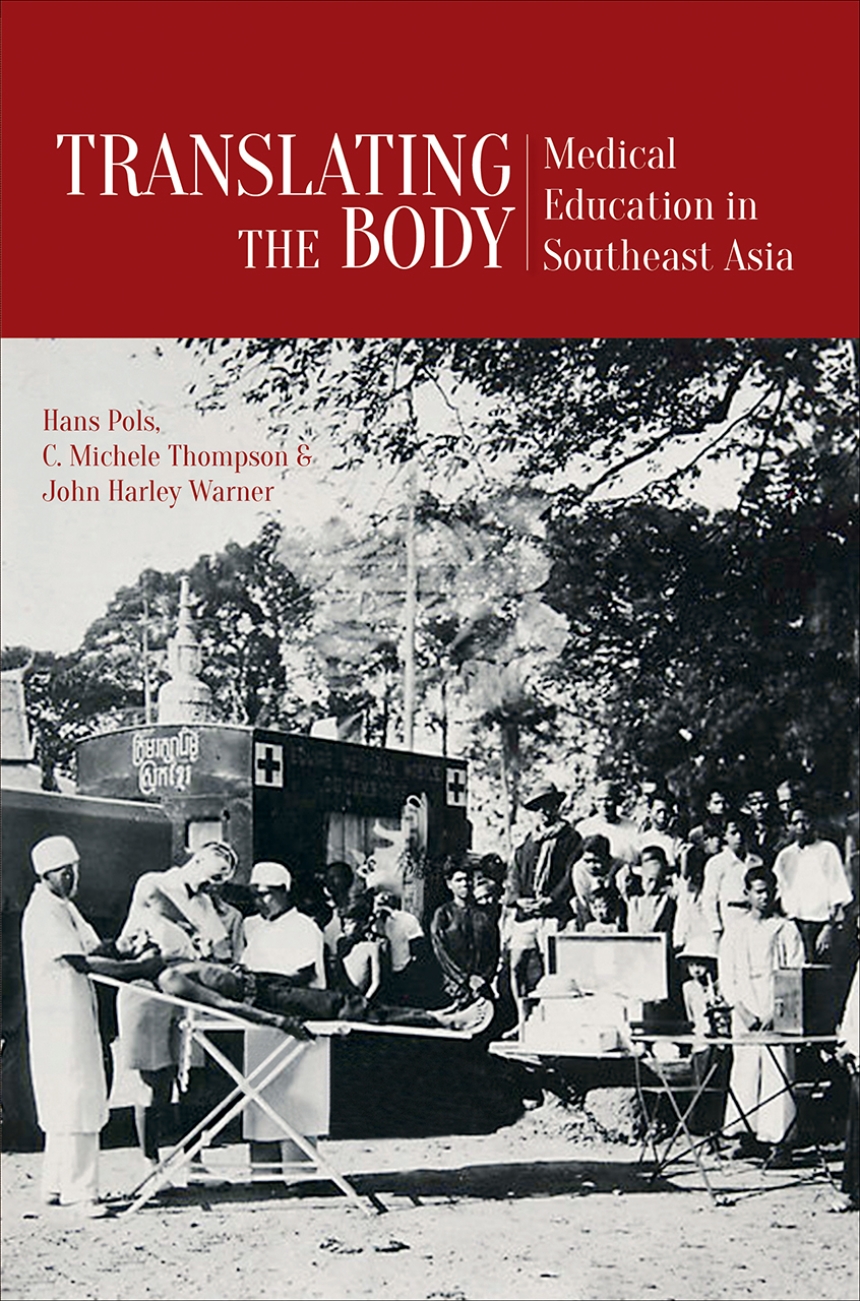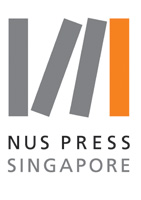9789814722056
Distributed for National University of Singapore Press
Translating the Body
Medical Education in Southeast Asia
Until recently, receiving a European or North American-style medical education in Southeast Asia was a profoundly transformative experience, as western conceptions of the body differed significantly from indigenous knowledge and explanations. Further, conceptions of the human body had to be translated into local languages and related to vernacular views of health, disease, and healing. Translating the Body is the first book to present the history of biomedical education across Southeast Asia. The contributors chart and analyze the organization of western medical education in Southeast Asia, public health education campaigns in the region, and the ways in which practitioners of what came to be conceived of as “traditional medicine” in many Southeast Asian countries organized themselves in response.
368 pages | 25 halftones | 6 x 9 | © 2017
History of Medicine in Southeast Asia
Asian Studies: Southeast Asia and Australia

